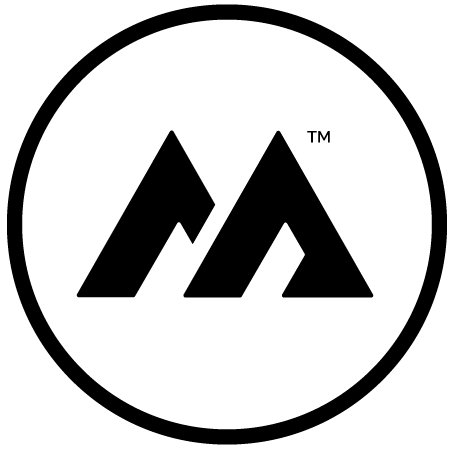Best Practices for Designing PPC Landing Pages
Building and designing a PPC landing page may seem relatively easy. With a wide range of drag-and-drop landing page builders and templates, you do not need to be a developer to create an outstanding landing page.
While designing a landing page may be easy, creating the one that converts may be challenging. To encourage visitors to take action, you also need to know how to optimize your PPC landing pages strategically.
Here are a few proven practices that will help you boost conversions and reduce your cost-per-acquisition.
1. Personalize to Build Relationships
Today’s customers are craving for personalized user experiences. Statistics say that 63% of consumers are highly annoyed by the fact that companies still rely on providing generic ad messages.
For you, this is an opportunity to build stronger relationships with your target audience, convert them faster, and inspire their loyalty.
Now, there are many simple steps to take to adapt your PPC landing pages to your visitors’ needs and expectations.
For starters, take advantage of content localization. You could adjust the hero image on the landing page based on user locations. Or, adapt your calls-to-action, headlines, and value propositions, based on users’ entry channels.
2. Align the Content of the Page with Keywords
Just getting people to visit your landing page is not enough. To boost their experiences with your content and inspire them to take action, you need to make sure that the content on your PPC landing page matches the keywords you are bidding on.
That is why managing an AdWords campaign, for example, goes far beyond keyword research. To drive the desired results, you also need to understand the search intent and align your landing page content with it. In other words, apart from knowing what keywords users are googling, you also need to understand the why behind these search queries.
For example, if a user googles “cheap vacation packages to New Zealand,” their search intent is commercial. Therefore, if you use this keyword to promote your blog post on New Zealand’s iconic landmarks, you will not drive any conversions. It’s just not the content they expected to find.
3. Remove Distractions
Keep your PPC landing pages user-oriented. You should set a single conversion goal and focus your efforts on it.
To do that, you should remove all unnecessary elements that get in the way. For example, an exit-intent or lead generation popup is a critical part of your website, but it will not work on individual landing pages. You should also remove complicated site navigation, external links, or additional calls-to-action.
Every element on your PPC landing page should deliver value to users and inspire them to take the desired action.
4. Include Social Proof
When purchasing from you, customers will first google other users’ experiences with your brand. That phenomenon is called social proof. It plays an immensely important role in your PPC landing page optimization strategy.
One of the most effective ways to use social proof on your landing page is to include your satisfied customers’ reviews and testimonials. To humanize testimonials, include customers’ personal information, such as their full names, locations, job titles, or biographical details. You could even create testimonial videos that are even more personal and engaging.
Your landing page should also include your performance figures, payment assurance, security badges, accreditation’s, and contact information. Those are just some of the numerous page elements that would build trust with your audiences and convert them faster.
5. Keep your Landing Page Responsive
We live in the mobile-first era, where the number of mobile users has surpassed desktop one. Statistics say that 69% of consumers use their mobile devices for product research.
Given these figures, it is not surprising that Google drives 95% of all paid search ad clicks on mobile.
Mobile users have different demands. Their screens are smaller, so they expect pages to be fast, clutter-free, and highly interactive.
That is why you need to design a fully responsive PPC landing page that will adapt to all types of devices your audiences use. Make sure your most prominent page elements are always above the fold. Shift layouts, make your CTAs and value propositions more visible, and optimize the size of your images to ensure it does not slow the page down.
There are many free tools, including Google’s Mobile-Friendly Test, which will help you check the responsiveness of your page.
6. Test the Performance of Landing Pages
Creating a gorgeous and perfectly optimized landing page is just half the job done. The other half is, of course, A/B testing your page to ensure it converts as expected. Test your title tags, meta descriptions, form fields, CTA buttons, content legibility – any element on your landing page that may compromise user experiences and affect conversions.
That way, you will be able to understand what tactics deliver the best results and make more data-oriented decisions instead of your gut instinct.
Over to You
When creating a PPC landing page, do not forget that you are paying for the traffic they are generating. To boost your PPC ROI, you should create landing pages that convert. And, if there is one lesson this post has taught you, it is to focus on user experiences. Easily navigable, relevant, responsive, and personalized landing pages will engage users, convert them, and strengthen your page’s performance on Google.
Guest Poster – Elaine Bennett
Elaine Bennett is a digital marketing specialist focused on helping Australian startups and small businesses grow. Besides that, she’s a regular contributor for Bizzmark Blog and writes hands-on articles about business and marketing, as it allows her to reach even more entrepreneurs and help them on their business journey.
.





